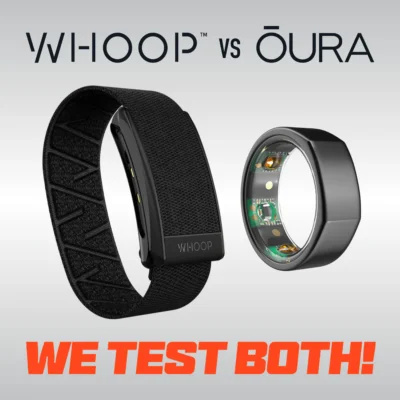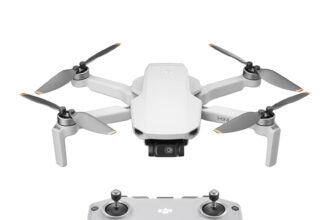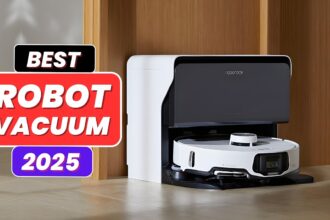Smart Ring Showdown: Oura vs Whoop—Which One Will Revolutionize Your Health?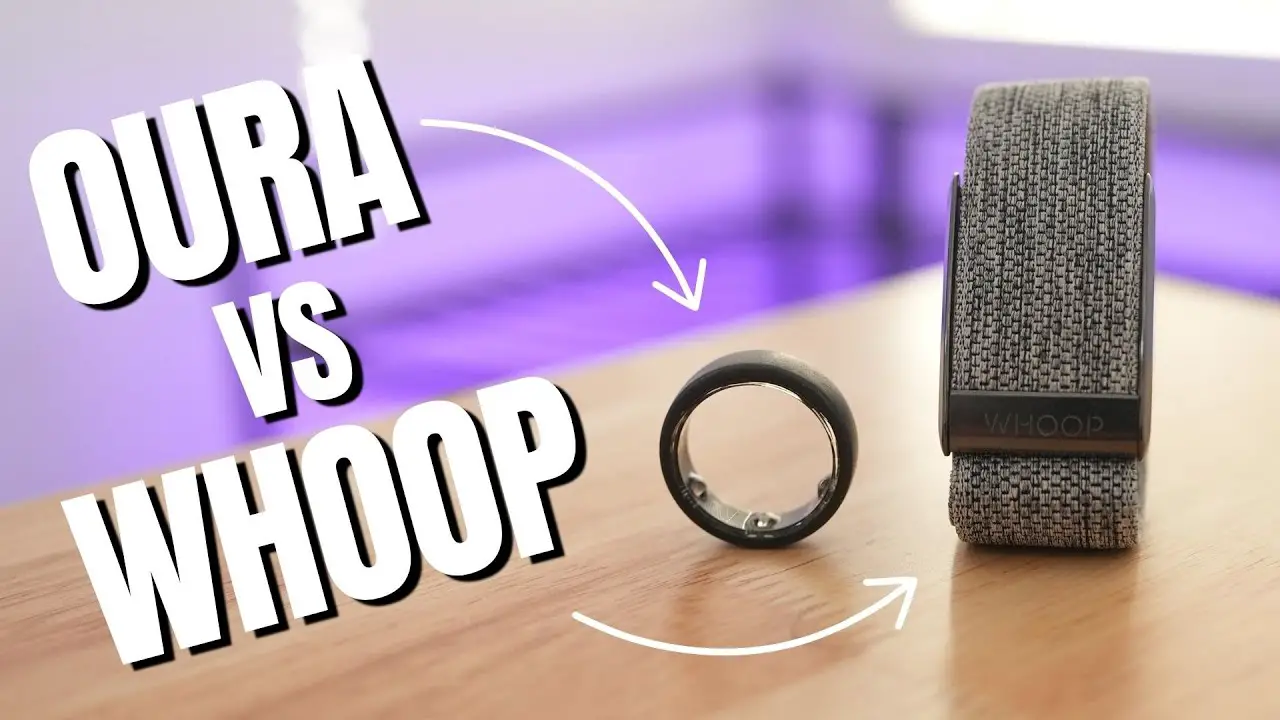
Imagine waking up each morning with a personalized snapshot of your body’s overnight performance—sleep quality, recovery status, and readiness to tackle the day. No guesswork, no guessy Fitbit alerts, just crystal‑clear insights served up on your phone. That’s the promise of today’s top wearable health gadgets, and it all boils down to two heavyweights: the ultra‑sleek Oura Ring and the data‑obsessed Whoop Strap. In this showdown, I’ll walk you through everything from design nitty‑gritty to deep metric comparisons, so you can decide which piece of tech will fit your lifestyle—and revolutionize your health—for good.
Understanding the Rise of Wearable Health Tech: Oura vs Whoop
From Wristbands to Rings: A New Wearable Frontier
Wearable devices have exploded in popularity over the last decade. Early fitness bands counted steps; smartwatches added heart rate sensors; now, a new form factor is stepping into the ring—literally. Smart rings shrink the sensor suite down to something you can barely feel, and they capture data around the clock without ever calling attention to themselves. Think of ring-based trackers as the stealth fighters of the wearable world: low visibility, high impact, and perfectly engineered to slip under most radar-like jewelry.
Why Form Factor Matters for 24/7 Tracking: Oura vs Whoop
Ever forgotten to put your fitness band back on after a shower? Or left your smartwatch on the charger because it felt too bulky at night? Form factor isn’t just about fashion—it’s about data integrity. A device you wear seamlessly all day and night captures far more continuous insights than one you charge or remove regularly. For serious health tracking—sleep architecture, heart rate variability (HRV), body temperature fluctuations—a stable, uninterrupted data stream is crucial. Enter the smart ring: it’s always there, snugly hugging your finger, letting you live your life while passively feeding you a treasure trove of metrics.
Deep Dive into the Oura Ring
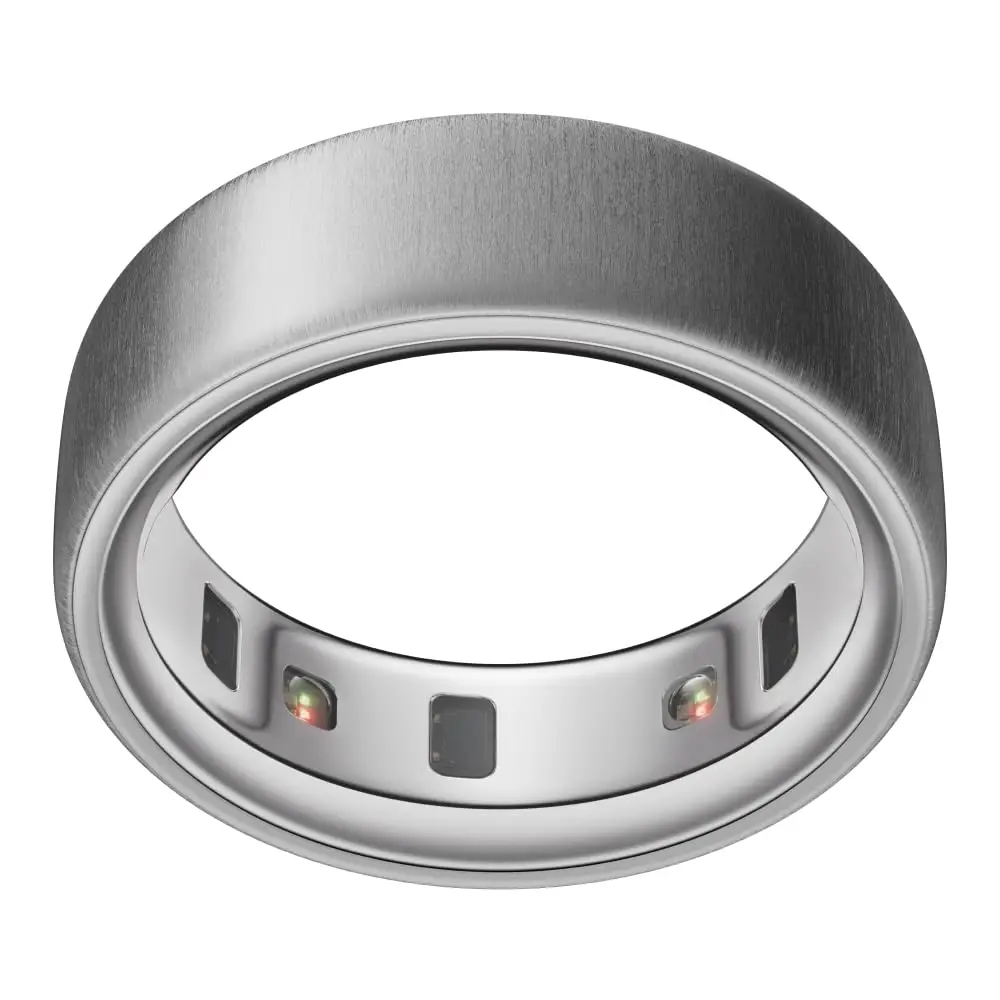
Sleek Design and Materials
The Oura Ring looks more like an elegant piece of jewelry than a high‑tech gadget. Crafted from titanium and available in matte black, silver, and gold finishes, it blends seamlessly with your daily attire—formal meetings, gym sessions, even date nights. You won’t feel weighed down. In fact, many users say they forget they’re wearing it at all.
Key Takeaway: Oura nails the “smart ring fashion.” If you value aesthetics and discretion as much as data, this ring is a no‑brainer.
Sensor Suite: What Does It Measure?
Oura packs an impressive sensor array into its compact shell:
Infrared Photoplethysmography (PPG) for continuous heart rate and HRV monitoring.
3‑Axis Accelerometer & Gyroscope for detecting movement, steps, and detailed sleep stages (light, deep, REM).
Body Temperature Sensor for tracking nightly trends and spotting subtle deviations that could hint at illness.
Together, these sensors feed into three core scores in the Oura app: Sleep, Readiness, and Activity. The metrics influence each other—poor sleep lowers readiness, which then informs workout recommendations.
Battery Life and Charging Case
One standout feature: up to 7 days of battery life on a single charge. Most smart rings barely hit three days; Oura doubles that. Its charging case is compact—a small puck you slip the ring into overnight. The ring takes about 20 minutes to reach 50% and roughly 80 minutes for a full charge, making weekend getaways or on‑the‑go charging a breeze.
Oura App: Insights, Trends, and Guided Sessions
The companion Oura App breaks your data into digestible visuals:
Sleep Score (0–100): Synthesizes duration, efficiency, restfulness, REM, deep sleep, and latency.
Readiness Score: Combines sleep, HRV, resting heart rate, body temperature, and previous day’s activity to recommend whether to push hard or rest.
Activity Score: Translates steps, calories burned, and active time into a daily target.
Missing the human touch? Oura’s guided breathing and mindfulness sessions coach you toward calmer evenings and better sleep hygiene.
Unpacking the Whoop Strap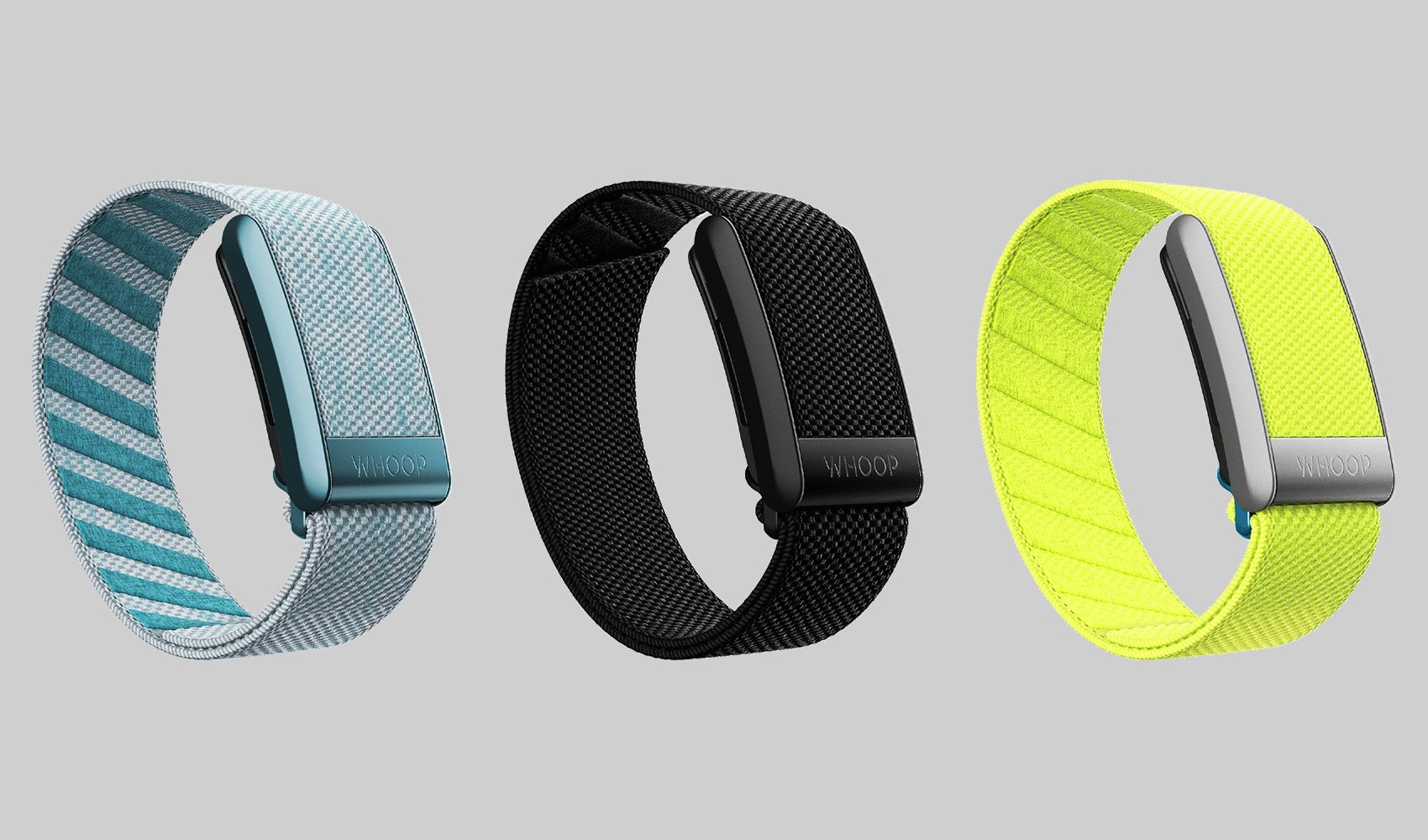
Ergonomic Strap vs. Ring Form Factor: Oura vs Whoop
Although Whoop hasn’t launched a ring yet, its fabric strap is designed for constant wear—day and night. Worn on the wrist or upper arm, it’s lightweight, breathable, and machine‑washable. The strap’s low profile minimizes bulk, but it still stands out more than Oura’s ring. If you prefer something you can easily swap between fingers, Whoop may feel less discreet.
Advanced Metrics: Strain, Recovery, and Sleep Performance
Whoop builds around three pillars:
Strain: A proprietary score (0–21+) measuring cardiovascular load across workouts and daily activities.
Recovery: Uses HRV, resting heart rate, respiratory rate, and sleep performance to gauge readiness for effort.
Sleep Performance: Compares your actual sleep to your ideal need, based on strain and recovery metrics.
This triad forms a comprehensive view: you’ll know exactly how much effort to apply in the gym or on the bike, and when to dial back.
Battery Pack and Subscription Model
Whoop ships the sensor free with every membership, but it operates on a subscription basis—starting around $24.99/month. Instead of a charging case, you get a swappable battery pack that magnetically attaches to the strap. Each pack lasts about 4–5 days, so you can charge one while wearing another, ensuring nearly uninterrupted monitoring.
Whoop App Ecosystem and Community Challenges
The Whoop app doubles as a social network. Join teams, set group goals, and compete in weekly challenges. Engagement skyrockets when you have friends and colleagues cheering you on—or nudging you to outdo their strain scores.
Head-to-Head Metrics Comparison: Oura vs Whoop
Sleep Tracking Accuracy
Oura: Leverages temperature data plus PPG to finely detect interruptions. Users praise its ability to spot subtle wake‑ups.
Whoop: Relies on heart rate and motion; its Sleep Performance metric highlights sleep debt and oversleep tendencies.
Bottom Line: If you suspect you wake up multiple times a night, Oura might catch those micro‑awakenings better. For overall sleep debt tracking, Whoop excels.
Heart Rate Variability (HRV) Insights
HRV reflects your autonomic nervous system’s balance between stress and recovery. Higher nightly HRV generally equals better recovery.
Resting Heart Rate Monitoring
Oura: Measures RHR during sleep, giving a nightly average.
Whoop: Tracks 24/7 RHR, alerting you to spikes in real time—handy for stress or illness detection.
Respiratory Rate and Body Temperature Trends
Oura’s Temperature Sensor: Tracks nightly deviations as small as 0.1°C—game‑changing for early illness detection or menstrual cycle insights.
Whoop’s Respiratory Rate: Feeds into sleep analytics, giving deeper context to sleep disruptions.
Activity & Strain Monitoring
Oura: Counts steps, active calories, and assigns a basic activity score.
Whoop: Fine‑tunes strain per workout type (HIIT vs. long run), giving athletes actionable data on training load.
User Experience & Comfort: Oura vs Whoop
Ease of Setup and Daily Wear
Oura: Pair via Bluetooth, answer a few setup questions, and you’re off.
Whoop: Download the app, join membership, adjust the strap. The extra step of subscription may feel cumbersome, but the reward is deeper analytics.
Waterproofing and Durability
Both claim 100m water resistance—safe for swimming and showers. Oura’s titanium ring resists scratches; Whoop’s woven strap stands up to sweat and washing.
Comfort for All-Day Use
Oura Ring: Slip‑on style fits snugly; some users note temperature‑related finger swelling can pinch the ring.
Whoop Strap: Adjustable with multiple sizes; overtightening can cause chafing.
Pro Tip: Try both for a week each to gauge personal comfort.
Battery Performance & Maintenance: Oura vs Whoop
Charging Speeds and Indicators
Oura Case: LED indicators show charge progress; you know when you hit 20%, 50%, 80%, and 100%.
Whoop Pack: Two‑pack system means you rarely pause data collection. Swap, and keep tracking.
Real‑World Battery Life
Oura: 5–7 days typical; heavy app syncing may shave a day.
Whoop: 4–5 days per pack; constant syncing and community features can shorten that window.
Data Privacy & Security: Oura vs Whoop
Who Owns Your Health Data?
Oura: You own and can export your data in CSV form.
Whoop: Similar export rights, but some historic data views require active membership.
Encryption and Compliance Standards
Both companies encrypt data in transit and at rest, comply with GDPR, and follow industry best practices. Always review privacy policies to understand how your data might be used for research or partnerships.
Pricing, Subscriptions & Value: Oura vs Whoop
Upfront Costs: Ring vs. Strap
Oura Ring: $299–$399 one‑time, plus optional membership.
Whoop Strap: Free device, but locked behind membership.
Monthly Subscription Fees
Oura Membership: $5.99/month for advanced insights and guided content.
Whoop Membership: $24.99–$29.99/month for full analytics, coaching, and community challenges.
Total Cost of Ownership
Over 12 months:
Oura: $299 + (12 × $5.99) ≈ $371.
Whoop: 12 × $24.99 ≈ $300.
However, Whoop’s longer lock‑in (often 6–12 month minimum) and Oura’s one‑time purchase model may sway your decision based on cash flow and commitment.
Integration with Health Ecosystems: Oura vs Whoop
Apple Health, Google Fit & Third‑Party Apps
Both sync seamlessly with Apple Health and Google Fit. Export your data to MyFitnessPal, Strava, or other coaching platforms to create a centralized health dashboard.
Coaching Integrations and API Access
Whoop: Offers an open API for coaches and researchers.
Oura: Partners with select sports teams and wellness programs for tailored coaching.
Real-World Use Cases
Elite Athletes & Performance Optimization
Pros on the PGA Tour and NBA use Whoop to balance training load and recovery. They swear by its Strain score to avoid overtraining.
Biohackers & Quantified Self Enthusiasts
Oura’s temperature trends fuel advanced hacks like timing workouts or optimizing room temperature for REM sleep onset.
Everyday Wellness Seekers
If you simply want to improve your sleep, reduce stress, or build sustainable workout habits, both devices offer insights—but Oura’s intuitive readiness score often resonates more with beginners.
Pros & Cons at a Glance: Oura vs Whoop
Top Strengths of Oura
Unobtrusive, stylish ring design
Superior temperature and sleep disturbance detection
One‑time purchase plus affordable membership
Top Strengths of Whoop
Deep strain and recovery analytics
24/7 HRV and respiratory rate monitoring
Engaging social and challenge features
Shared Limitations
Subscription required for full analytics
Occasional syncing hiccups
Need for regular charging
Which One Is Right for You?
Matching Features to Goals
Serious Athletes: Lean toward Whoop for training load precision.
Wellness & Sleep Focus: Choose Oura for its temperature sensor and readiness coaching.
Budget‑Conscious: Compare Oura’s one‑time cost + membership vs. Whoop’s ongoing fees.
Budget and Lifestyle Considerations
If you hate monthly bills, Oura’s lower subscription may appeal. If you thrive on community and challenges, Whoop’s social features won’t disappoint.
The Future of Smart Health Wearables
Emerging Smart Ring Innovations
Next‑gen smart rings may add on‑device ECG, glucose sensing, or solar charging—turning them into truly autonomous health monitors.
Potential for Hybrid Devices
Imagine a ring that syncs with smart clothing or earbuds for an all‑in‑one health network. We’re on the brink of a hyper‑connected wellness ecosystem.
Conclusion: Oura vs Whoop
Both the Oura Ring and Whoop Strap push the boundaries of personal health tracking, yet they cater to distinct audiences. If minimalism, aesthetics, and sleep mastery top your wish list, Oura’s elegant ring is your ally. If you crave granular strain metrics, a supportive community, and real‑time coaching cues, Whoop’s subscription model delivers unmatched depth. Ultimately, the device that revolutionizes your health is the one you’ll wear daily—so pick the form factor, features, and price point that fit you. Here’s to smarter sleep, stronger workouts, and a healthier tomorrow!
FAQs: Oura vs Whoop
1. Do I need a subscription to unlock all features?
Oura: Basic tracking works immediately; advanced insights require a $5.99/month membership.
Whoop: Full analytics and community features are subscription‑only ($24.99+/month).
2. Which device offers the best sleep tracking?
Oura generally wins on detecting micro‑awakenings and body temperature trends.
Whoop excels in overall sleep debt analysis with its Sleep Performance score.
3. How do I choose the right size for the Oura Ring?
Oura provides a free sizing kit—order one before purchase to ensure a snug fit that won’t slip off or pinch.
4. Can I export my data to third‑party apps?
Yes. Both Oura and Whoop sync with Apple Health, Google Fit, Strava, and many other platforms via direct integration or CSV export.
5. What happens to my Whoop membership if I stop wearing the strap?
Your membership continues until canceled. You can still access historical data in the app, but new data won’t populate unless you reconnect the device.


